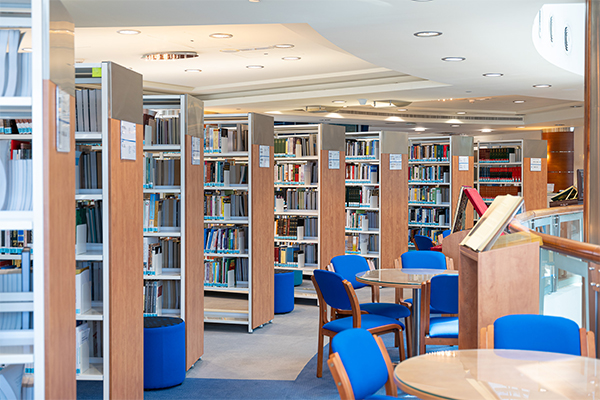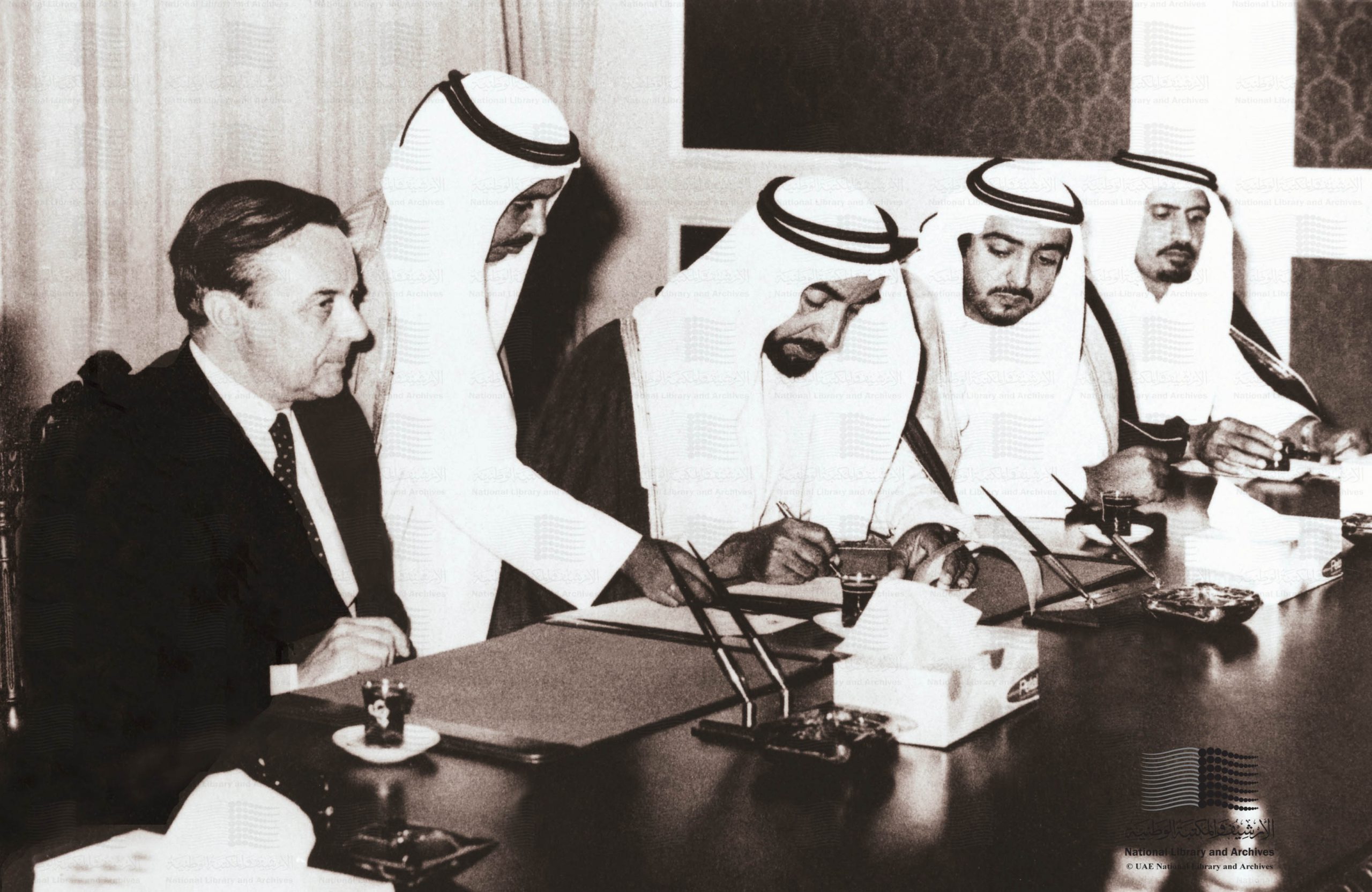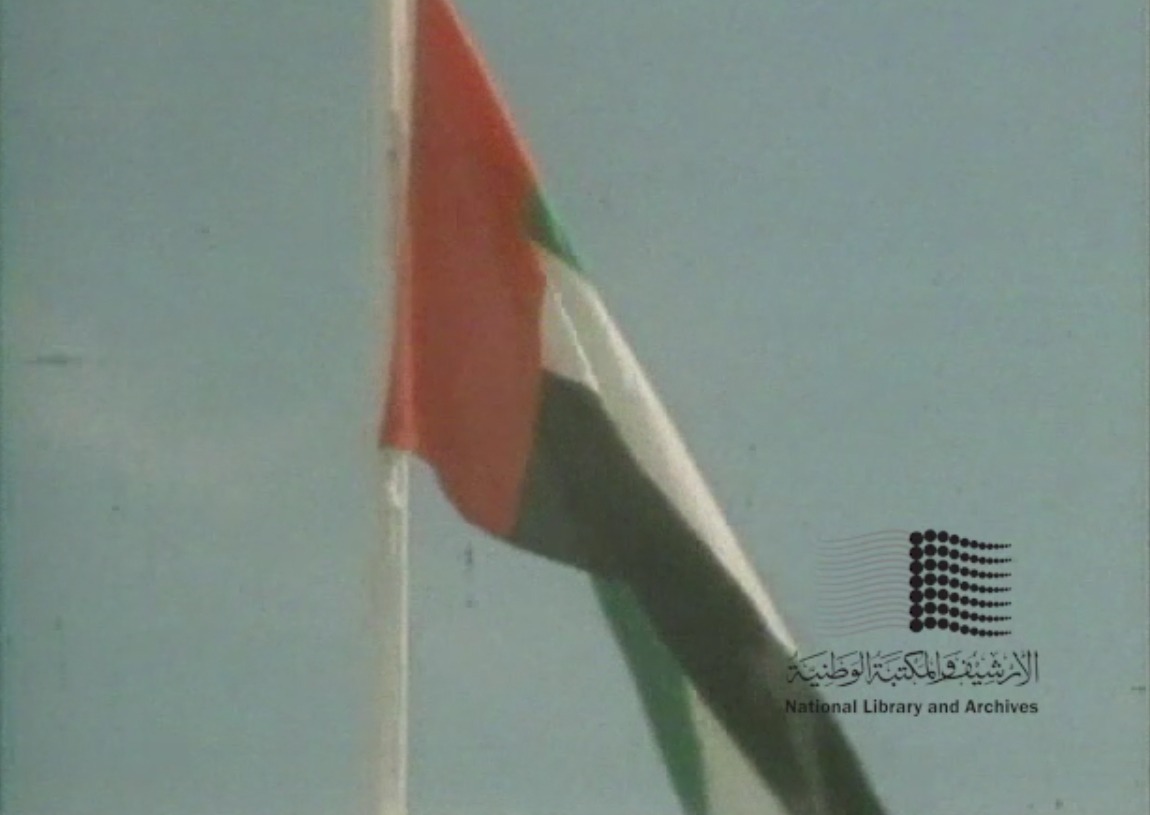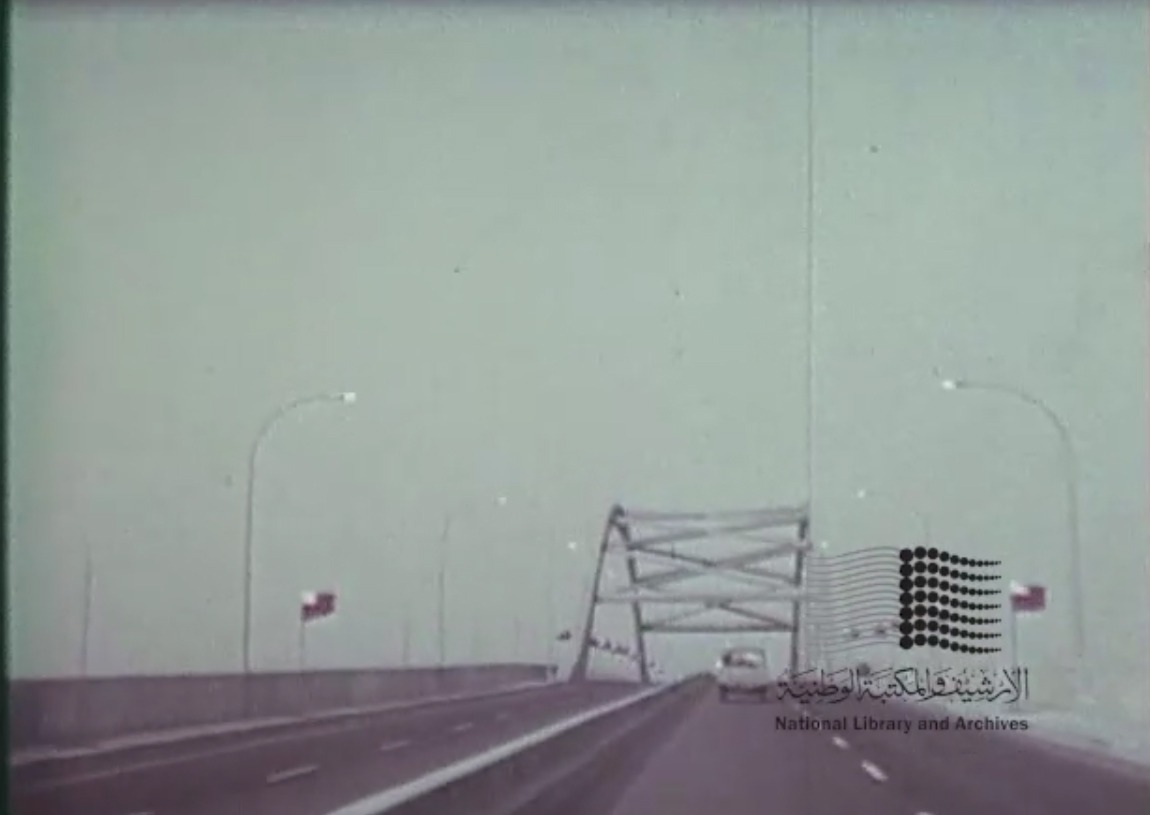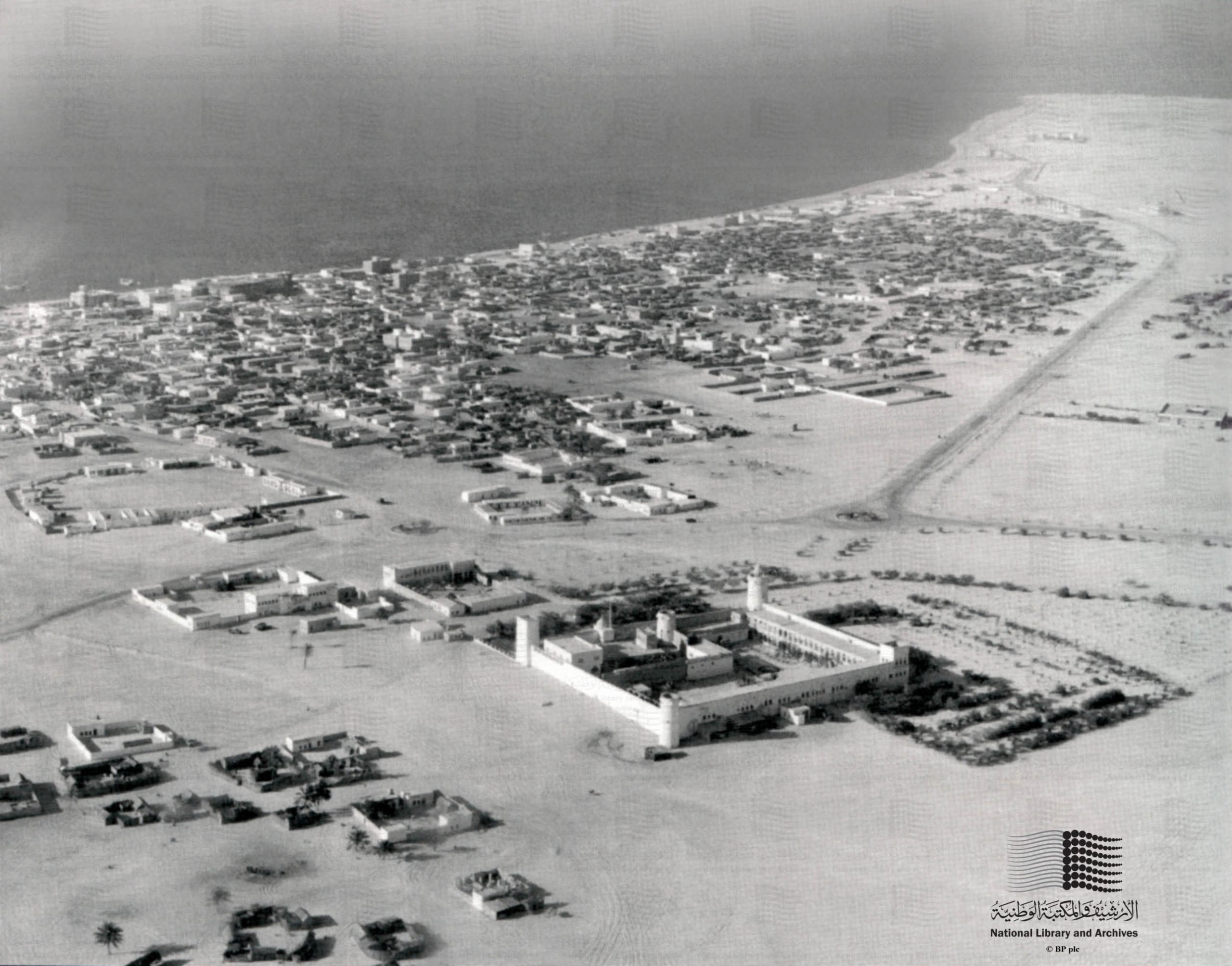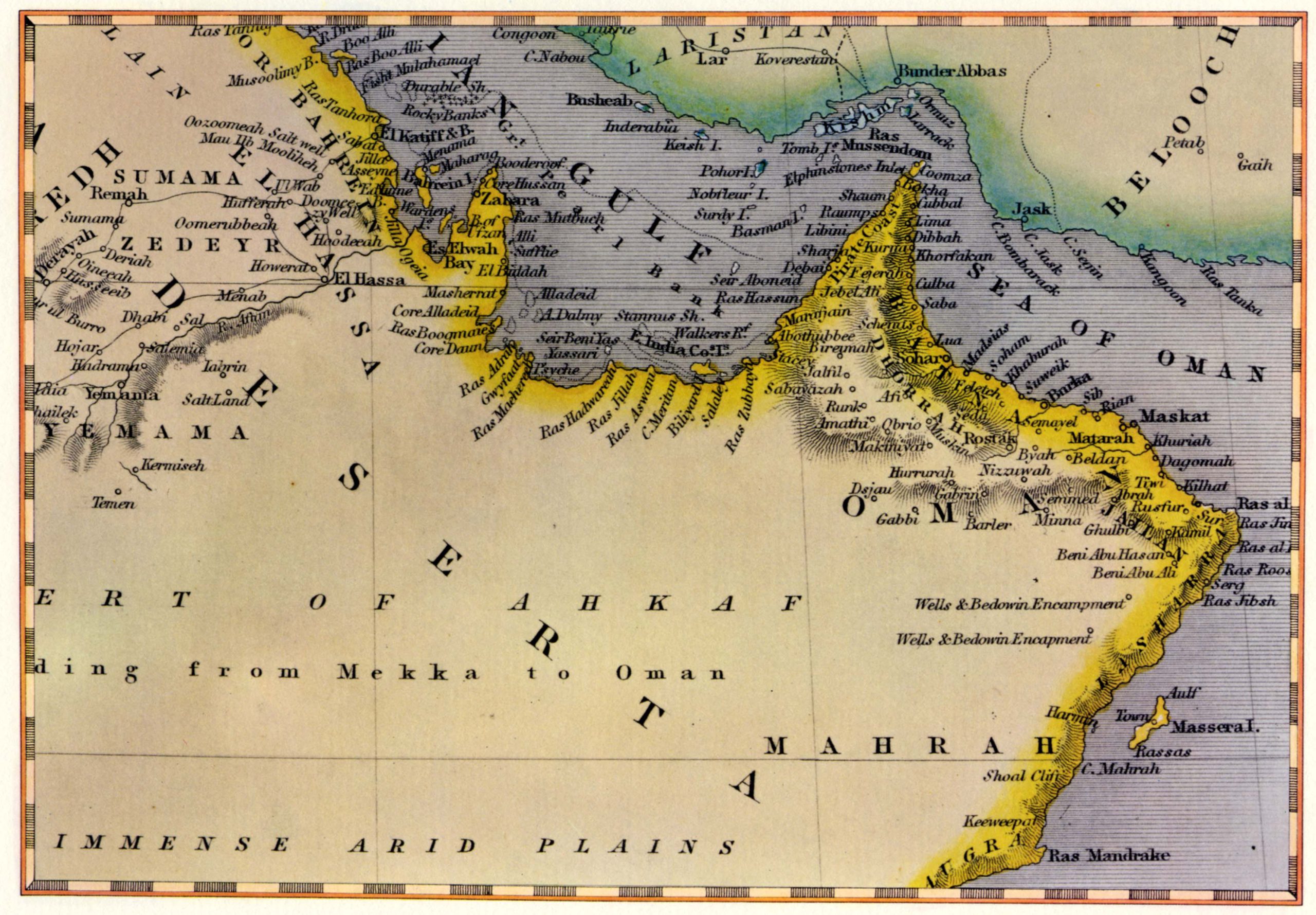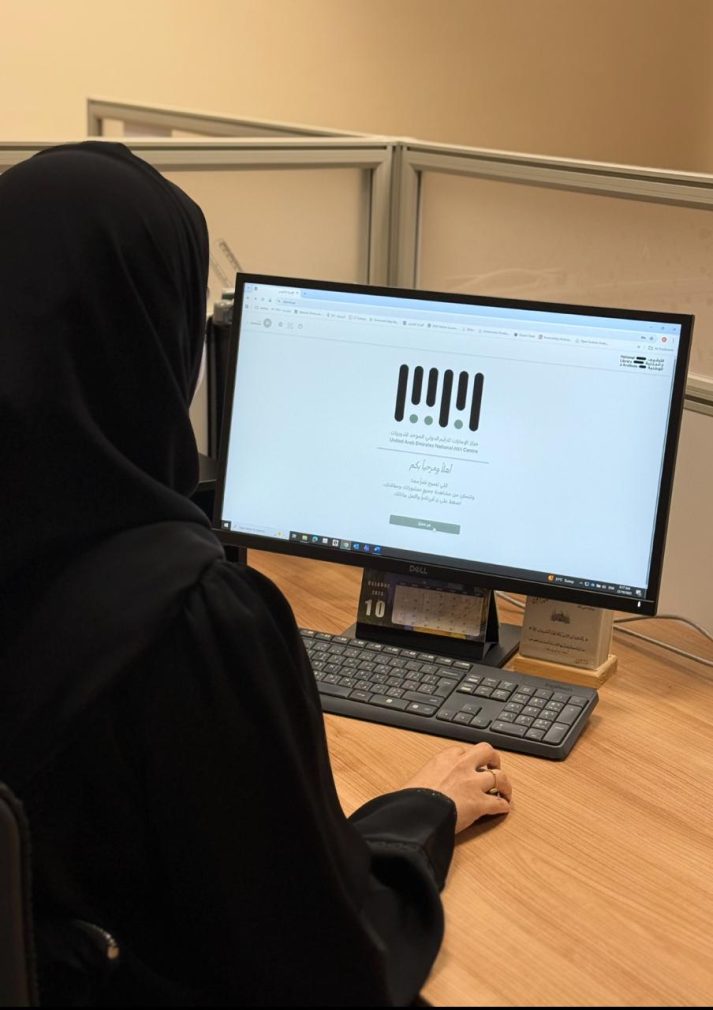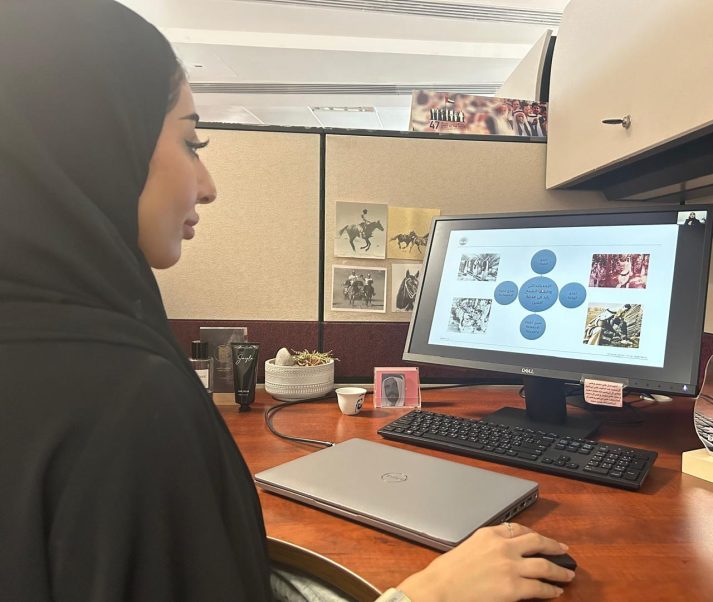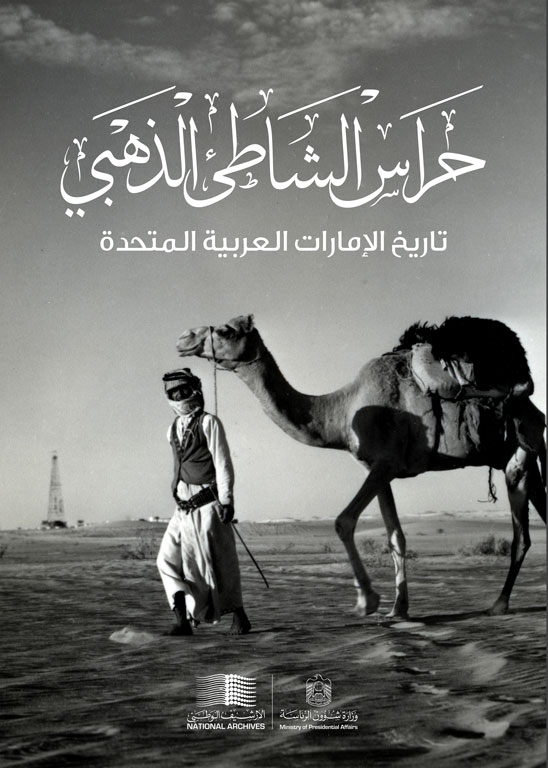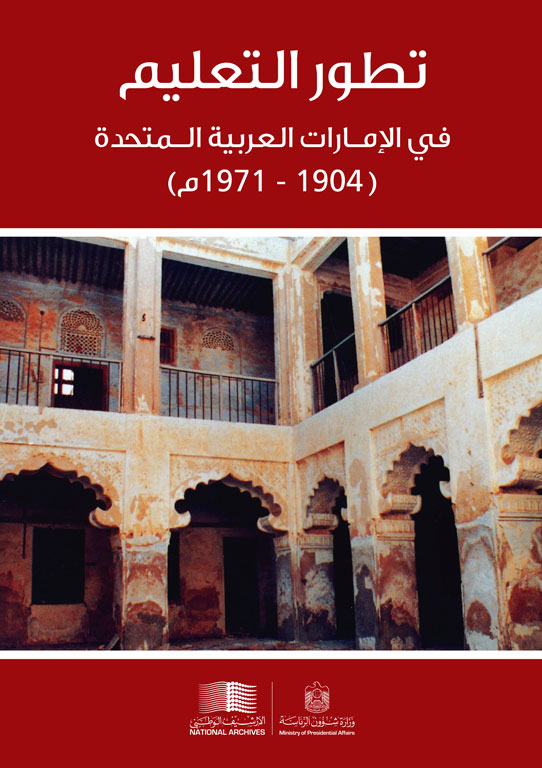The National Library and Archives, and Zayed Authority for People of Determination Celebrate the International White Cane Day
The National Library and Archives, in cooperation with Zayed Authority for People of Determination, celebrated the International White Cane Day, which falls on October 15 each year, by organizing a series of events and activities dedicated to people of determination from the visually impaired community. This initiative comes within the framework of its social responsibility and its commitment to enable this group to fully integrate into society.
Her Excellency Naama Abdulrahman Al Mansoori, Director of the Blind Care Department at Zayed Authority for People of Determination, emphasized the significance of the white cane as a symbol of independence and self-reliance. She stated that celebrating this occasion reflects awareness of the importance of supporting and empowering individuals with visual impairments in all fields of life.
In her speech during the ceremony, Al Mansoori praised the cooperation of the National Library and Archives and its continued support for the Authority’s initiatives, affirming that such collaboration represents the commitment of national institutions to their responsibility towards people of determination. She pointed out that the International White Cane Day is one of the most important global occasions in which Zayed Authority is keen to participate, highlighting the services provided to the blind community.
Al Mansoori added that the positive interaction of the UAE community with the members from these groups, and their active participation in the events and programs adopted by Zayed Authority for People of Determination, is the greatest evidence of the awareness and cultural advancement in the UAE society.
Mr. Hamad Al Hammadi, Director of Research and Knowledge Services Department at the National Library and Archives, welcomed the participants, commending the determination of the visually impaired who have demonstrated that strong will can overcome challenges and contribute effectively to the nation building.
He pointed out that the white cane represents a symbol of strength and perseverance, noting that the National Library and Archives has given special attention to the visually impaired by printing a number of its national publications in Braille, such as Zayed: From Challenges to Union, and booklets including Khalifa: A Journey to the Future and Qasr Al Hosn, The National Library and Archives has also provided devices that convert printed text into Braille, in the belief that everyone has the right to access knowledge.
Al Hammadi affirmed that this celebration comes in the “Year of Community”, which embodies the National Library and Archives’ commitment to the national and humanitarian values established by the wise leadership. He praised the fruitful cooperation and coordination with Zayed Authority for People of Determination.
Omar Al Amri, one of the visually impaired community, spoke about the UAE’s legislative efforts to empower the people of determination, highlighting Federal Law No. 29 of 2006 and the National Policy for Empowering People of Determination launched in 2017, which focuses on health, social protection, family empowerment, and community participation.
Saif Al Falasi, Director of the Legal Affairs Department at Dubai Police, shared his inspiring personal journey in education and professional life, stressing that family and community support played a vital role in enabling him to achieve his ambitions and reach leadership positions.
On the sidelines of the event, an exhibition of modern devices and technologies for the blind was held at the National Library and Archives, displaying the latest innovations designed to empower the blind people and enhance their access to advanced technology. The program also included a symbolic white cane walk, artistic and poetry segments, and interactive competitions that reflected the spirit of determination and social integration.
The celebration concluded with a guided tour of Zayed bin Sultan Al Nahyan Hall and Sheikh Suroor bin Mohammed Al Nahyan Hall, where visually impaired guests explored historical artifacts and documents that record the UAE’s union journey and highlight the nation’s achievements through various stages.
“The White Cane” is a tool used by the blind for independent movement. It is held by the handle with the arm extended so that the tip of the cane precedes the blind person’s step, in front of the stepping foot. The cane should remain in contact with the ground and not rise more than two inches above it.
Types of White Canes:
There are six main types of white canes used worldwide:
Symbolic Cane: Used by blind and partially sighted individuals, as well as the elderly, to indicate their vision impairment, though it does not meet the specifications of a standard mobility cane.
Guiding Cane: Used by the blind to identify the type of surface, curbs, and stairs, protecting only the lower part of the body. It is slightly above waist length, with tips made of nylon or aluminum.
Long Cane: The most commonly used type for independent movement. Its length reaches the lower part of the chest, varying according to the individual. It allows user to detect obstacles before collision. The tips are made of nylon and come in different shapes: pointed, spherical, or conical.
Standard Walking Cane: Used by blind, visually impaired, and sighted people alike. It is typically made of solid wood and strong enough to support leaning.
Curved-Handle Cane: Shaped like a tennis racket, this cane is suitable for uneven terrains or rocky areas and should extend slightly above the lower chest area.
Electronic Cane: A modern adaptation of the long white cane, it emits ultrasonic waves that alert the user when encountering obstacles. It can also detect objects in all directions within a range of five meters. The tip is made of lead
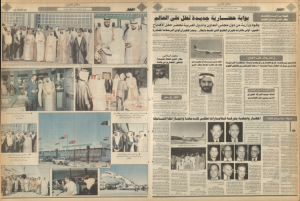

![]()


